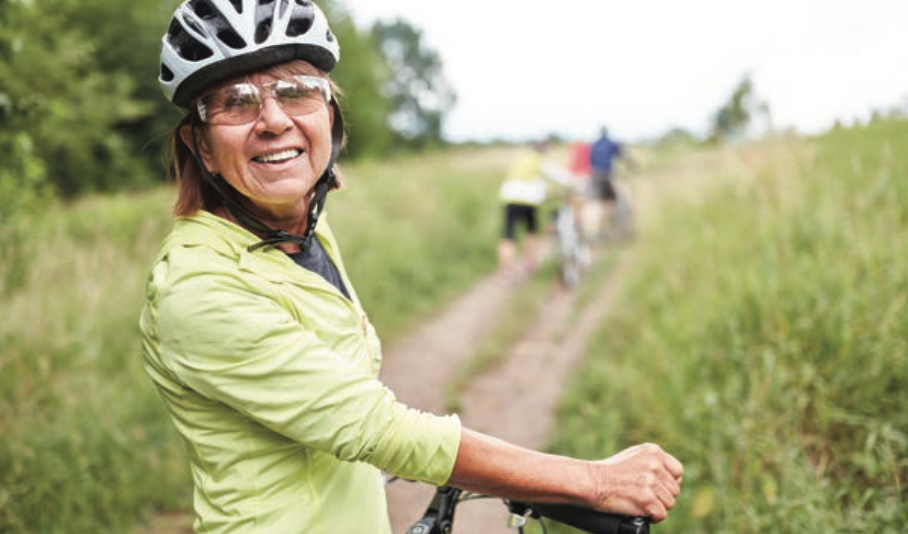According to the National Council of State Boards of Nursing’s National Nursing Workforce Study, about 91% of RNs are women, and their average age is 50. In fact, almost half of the full-time and part-time RNs in the U.S. are 50 years of age or older. As female nurses age, they face new challenges, including menopause.
The American College of Obstetricians and Gynecologists reports that the average age women go through menopause is 51 years. That means many working RNs aren’t dealing only with stressors of a nursing career—long shifts, difficult situations, grief—they’re also dealing with unpleasant side effects associated with menopause, such as:
• hot flashes and night sweats
• chills
• sleep problems
• mood changes
• bone density loss
• weight gain and slowed metabolism
• thinning hair and dry skin.
On the upside, there’s a natural way to reduce or relieve menopause symptoms like weight gain and loss of muscle mass: exercise. Always consult your healthcare provider before starting a new exercise regimen.
Physical activity options
Are you looking for the right exercise to help combat menopause side effects? Here are a few options:
• Walking: Getting your steps in is ideal for maintaining healthy bones, especially among women who can’t do high-impact activities. Walking also is a great way to slowly incorporate more physical activity into your lifestyle before turning to aerobic exercise or strength training. Start with moderate intensity walking, around 3.5 mph.
• Strength training: Strength training and other higher impact activities like jogging can help reduce the decline of bone mineral density and prevent osteoporosis. Bonus: Strength training also can rev up decreasing metabolism and burn more fat, even while resting. Try lifting weights, using elastic bands or weight machines, or performing exercises that use your own body weight (like squats, push-ups, or lunges).
• Yoga: This flexibility exercise helps stretch the muscles and promote better muscle function. Use yoga after an aerobic or strength training exercise to calm the body and mind. Or incorporate it into your bedtime routine to help prepare yourself for sleep.
• Dancing: This higher impact activity is best for women who don’t have low bone mass and aren’t frail. It promotes better balance, stronger muscles and bones, reduced anxiety, and improved mood. Try a dance style that suits your personality—salsa, tap, swing, line dancing, belly dancing, and hip-hop are a few examples. You also can try a dance exercise class like Zumba or barre. Look online for teachers or group classes near you.
• Biking: Cycling is a non-weight bearing, lower impact activity that many women enjoy. Biking outside allows you to explore new areas, breathe fresh air, and enjoy nature. Indoor group cycling classes are another fun option you can do with friends. Either way, biking gets your heart pumping, works your muscles without too much stress on the joints, and burns calories.
Time to get moving
No matter which form of exercise you decide to try, the point is to keep moving. Start small and increase the length and frequency over time.
Another tip? Find an accountability partner who will motivate you and encourage your healthy, active lifestyle. Even better—find an exercise buddy who will hold you accountable and make the process more social and fun.
It’s never too late (or early for you youngsters!) to start working out, especially when it can help reduce symptoms of menopause. Physical activity is a crucial part of self-care for all nurses, regardless of age. There’s something out there for everyone.
Content developed in association with Healthy Nurse, Healthy Nation™ and Aha Media.


















